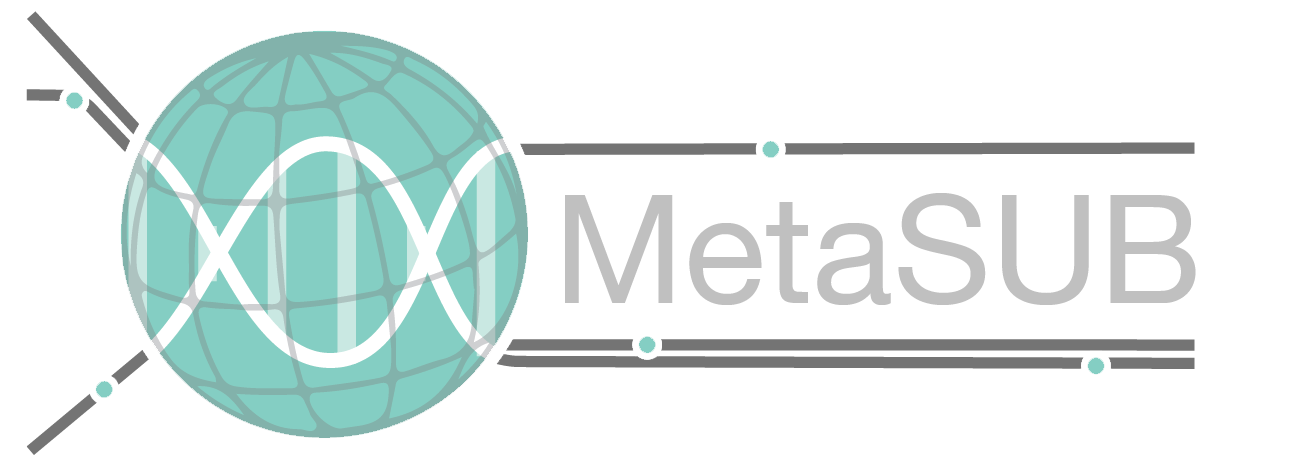Our phones represent a molecular echo of our lives. The activities, habits, foods, and travel history of people are represented by genetic and biochemical traces left behind on our bodies and phones, but also everywhere else that we touch. Emerging research in genomics, microbiomes, and systems biology have shown that we can examine these data for discovery, forensics, and a novel characterization of the genetic dynamics of homes, cities, and international gatherings.
During the JP Morgan Health Summit in 2017, we used methods for studying international urban metagenomics (MetaSUB) to find out what is “StuckOnU.” With the generous collaboration of the Illumina Accelerator laboratories, and their next-generation sequencing infrastructure, we examined the phones of attendees from the meeting. We investigated how much information can be inferred from just swabbing and sequencing a person’s phone.
As sequencing becomes more and more ubiquitous, it becomes more critical to explore what you can learn from the DNA on everyday objects. The fragments of DNA left behind on objects, such as phones, cups, or chairs, may have an impact on healthcare, privacy, and science. Moreover, as these methods become more routine, their implementation for clinical decisions and citizen science become increasingly unavoidable. Although the ability to collect true forensic-class information from someone’s phone is in its infancy, these techniques and algorithms do reveal a putative forensic capacity across all kingdoms of life.
Here we present the results from a 48-hour experiment during the meeting, as well as the algorithms, code, and scripts for generating all of the figures used in our analysis.
